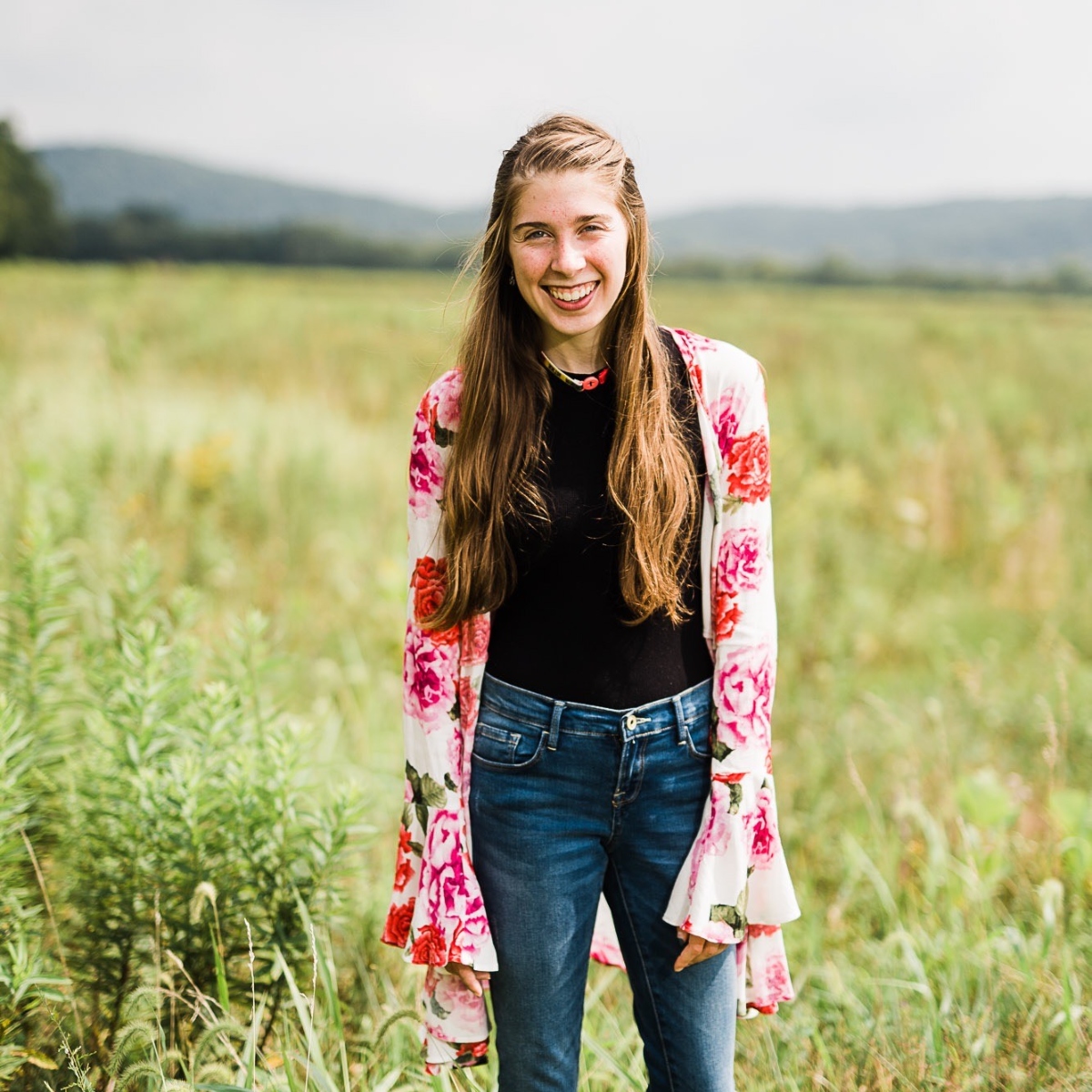
I was ten the first time I truly remember encountering grief. We knew my Memo's mom was ill, but as a child, death eluded my understanding. She was in the nursing home, and then she wasn't. About 30 minutes after my last visit with her, she passed, gone too soon like a vapor in the wind. Death was a cold shudder, and she was unseeable in this world any longer.
That evening, the snow outside my window didn't look beautiful. It felt harsh, bleak, and cold. I'd never really known my Grandma Sampson very well, but based on my love for my Memo, I knew her mom was someone special. My heart ached for her. My mind begged to comprehend Memo's pain.
The next day, I insisted on going to school. I was in the 5th grade and had a spelling test. I was in shock when my Reading teacher pulled me aside and asked if I was sure I was okay to take the test. She wanted to excuse me, but I was persistent. The grief was still in my heart, but other things overtook my concentration and focus. I got a 100% on the test and moved on. Despite what I was feeling, this is how I chose to cope.
Do You Feel Your Grief?
A few short years later, I would watch many aunts, uncles, grandmas, and grandpas pass. Each time, feeling the unpleasant wave of sorrow and misery dance over my heart, I forced grief into some far-off place. I was sad and experienced the affliction, but I never wanted to sit with the feelings for too long. I knew where most of my loved ones were, and that's what mattered.
It wasn't until I was sitting in a meeting with my counselor a few weeks ago that I realized how I dealt with grief as a child has now manifested itself in my soul as an adult. And it's not a good thing.
Over the last decade, I've experienced a lot of grief—not just from people passing away but from people who're still here. Relationships that aren't what they should be. Health issues and mental health struggles that just won't cease. Seasons of life I wish I could teleport back to.
From feelings I should've felt, yet never allowed myself to process.
To the trauma I encountered and created coping skills to get through.
And though I'm quite emotional, I've discovered I rarely let myself cry. At least not in front of others.
If Ben and I are watching a movie, I cover the tears.
If I'm in public, I blink them away.
If I'm at church, I focus on something in my peripheral.
If I'm in counseling, I talk through emotions like they're facts.
But withheld tears don't create healing; they form a dam. And when the dam breaks loose, a flood erupts. A flood that could've been dealt with in small storms and teardrops rather than a full-blown surge.
The Reality of Grief
For me, shades of grief are uncomfortable. So are emotions. Especially emotions I often associate with fear, sadness, anger, anxiety, and mourning. Instead of feeling them, I shove them down or push them off. But just because I've made something my habit doesn't mean it should stay my home. And just because I associate grief as negative doesn't mean it is. God created me, and that includes me with many emotions.
Shades of grief are uncontrollable tears you plug like water in a dripping sink. Just because you put the plug in the sink doesn't mean the water stops. It reduces the flow. But the water still grows. And if you aren't careful, it grows stagnant.
I never want to be stagnant about my emotions, nor do I want to tough it through a moment because I'm too scared, embarrassed, overwhelmed, _______ (you fill in the blank) to let someone see me cry, feel, and embrace life—all of it. The ugly, unpleasant, beautiful, painful, and scary occurrences that encompass this thing called existence, being, and life.
A little over six months ago, I said "I do" to the man of my dreams. The wedding was gorgeous. The food was incredible. And there was nothing more stunning than two families joining hands in the presence of those who love them. But on that day, I didn't truly let myself feel what I was experiencing. At the altar, I swallowed nerves with my presence. Everything was a blur. Moving like the speed of sound, and then gone. During the Father-Daughter dance, I held back tears. I placed my mind in one moment and my heart in another. The second my husband and I drove off, however, I burst into tears.
Tears of joy and sorrow. An overwhelming array of chaos and order. Growing up, yet still desiring to be little. Loving my family, but learning to leave and cleave. Messy, magnificent sentiments meant to be cherished, felt, embraced, and enjoyed. Not because they necessarily feel good all the time but because they are part of our life experiences. God takes the puzzle pieces that don't make sense and somehow gracefully weaves them together.
Upside Down and Inside Out
In the Disney hit film, Inside Out, Sadness, one of five main emotions (Joy, Fear, Anger, and Disgust), says this powerful line: "Crying helps me slow down and obsess over the weight of life's problems." I want that to be true in me, upside down and inside out. No matter where I am or what I'm going through, I want to allow myself to be present and feel the moment.
It's clear that I'm still learning to understand, deal with, and heal from my emotions. I'm certainly no expert. When it comes to grief, I'm good at shrinking back in my shell, numbing the surface, and not coming out until the sun shines. But there's beauty to be found in life's highs and lows, joys and sorrows, tears and smiles, sunshine and rain. And that includes all the shades of grief one might encounter. Feelings aren't meant to control us. But they also aren't meant to be ignored. I'm learning to find the in-between. A healthy balance.
Remember, God can meet us and speak truth over our feelings, even the ones we'd rather not feel.
Agape, Amber
Photo Credit: ©iStock/Getty Images Plus/kaipong



